By Mike Wilmington
Akira Kurosawa of Japan is the “sensei” (or master): a genius of filmmaking and the father of the modern action-adventure movie.
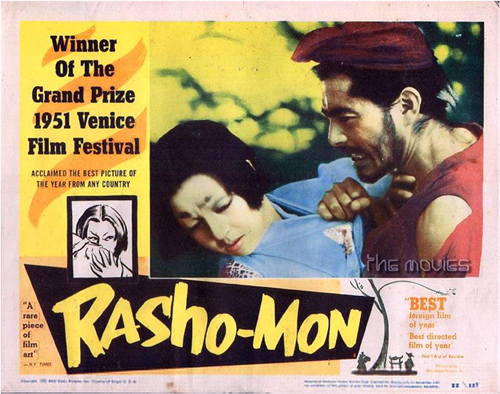 He was one of the three giants of the Japanese Cinema’s Golden Age (with Yasujiro Ozu and Kenji Mizoguchi). He was also a devotee of American action cinema, of film noir and of American Westerns, especially the films of his friend and mentor John Ford.
He was one of the three giants of the Japanese Cinema’s Golden Age (with Yasujiro Ozu and Kenji Mizoguchi). He was also a devotee of American action cinema, of film noir and of American Westerns, especially the films of his friend and mentor John Ford.
Kurosawa pioneered an explosive, ingenious cinematic style of multiple camera use and rapid-fire editing that went beyond Ford and revolutionized action moviemaking, enormously influencing Sam Peckinpah (“The Wild Bunch”), Arthur Penn (“Bonnie and Clyde”), Sergio Leone (“A Fistful of Dollars,” a remake of “Yojimbo”), John Sturges (“The Magnificent Seven,” a remake of “Seven Samurai”), Don Siegel (“Dirty Harry”), Clint Eastwood (“The Outlaw Josey Wales”) and many others.
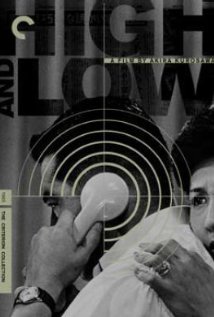 But Kurosawa’s incandescent scenes of violence do not exist in a moral void. Instead, the sensei’s films are infused with a truly adult and humane perspective on life, a mature observation of character and humanity, and a deep sense of the tragedy that faces us all.
But Kurosawa’s incandescent scenes of violence do not exist in a moral void. Instead, the sensei’s films are infused with a truly adult and humane perspective on life, a mature observation of character and humanity, and a deep sense of the tragedy that faces us all.
Kurosawa has his cinematic peers: Bergman, Fellini, Renoir, Hitchcock, Welles. But he has no superiors, not even his idol John Ford. His films are, like Kurosawa himself, matchless.
You can see five of them on the big screen at the Crest Theater in Westwood during a monthlong tribute to Akira Kurosawa as a part of their salute to foreign filmmakers. The theater will screen one of Kurosawa’s samurai classics every Sunday at 5 p.m. The schedule is as follows:
Sunday, March 1: “Rashomon” – 1950 (1 hr. 28m) The legendary classic about four contradictory views of a murder: the film masterpiece that put Kurosawa, and Japanese cinema, on the international map.
Sunday, March 8: “The Hidden Fortress” – 1958 (2 hr. 6m) The most comical of Kurosawa’s samurai adventure epics, about a warrior who helps rescue a princess. One of the films that most inspired “Star Wars.”
Sunday, March 15: “High and Low” – 1963 (2 hr. 23m) Inspired by an American crime novel by Ed McBain, this great film noir is about a kidnapping and a businessman who will lose everything if he pays the ransom.
Sunday, March 22: “Yojimbo” – 1961 (1 hr. 50m) The great samurai film, revolving around a cynical warrior who plays both sides in a town feud against each other.
Sunday, March 29: “Seven Samurai” – 1954 (3 hr. 27m) Seven gutsy independent samurai, led by an idealistic veteran warrior, defend a village against vicious marauding bandits. One of the greatest and most exciting films ever made.







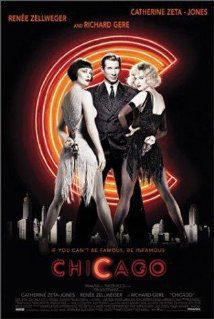
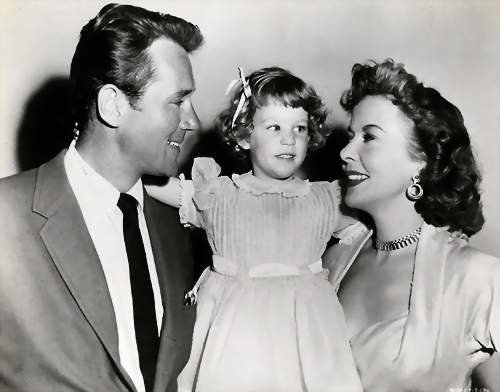
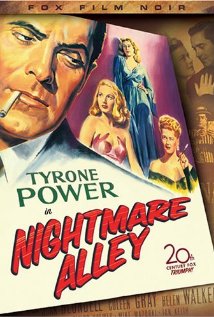
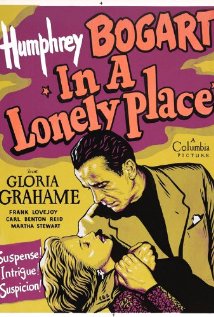
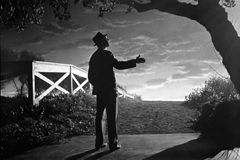
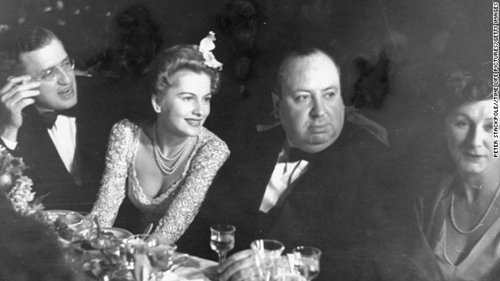
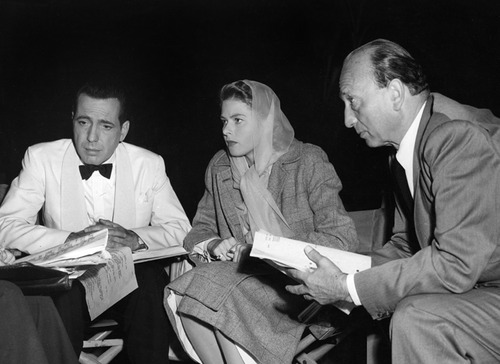
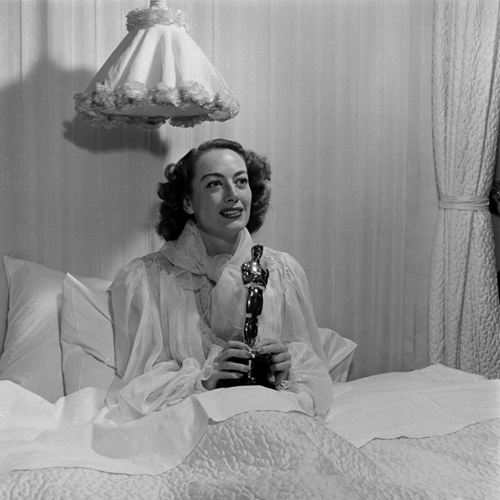
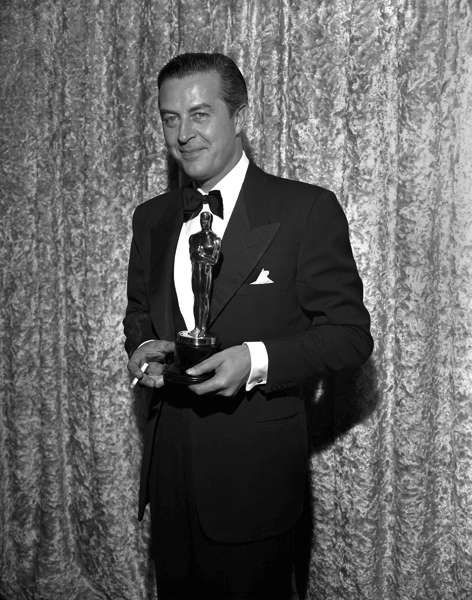
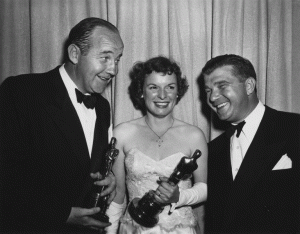
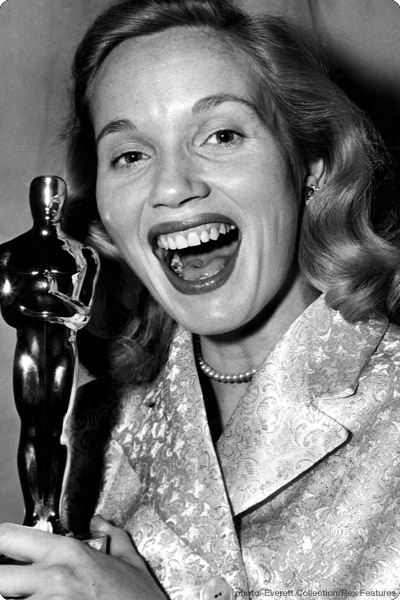
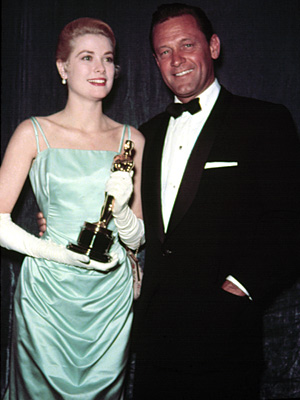
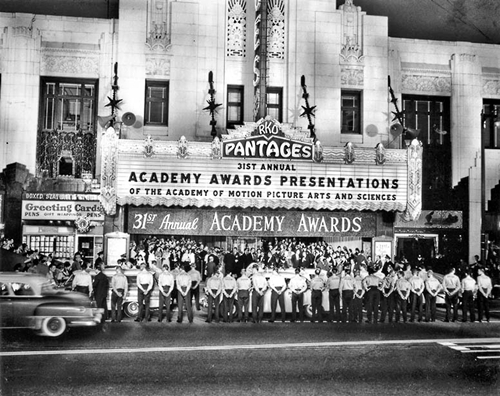
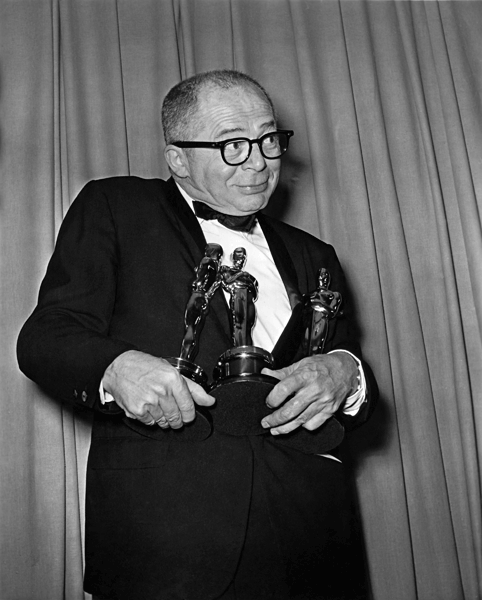
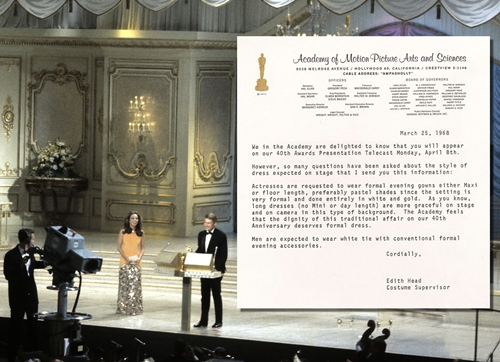
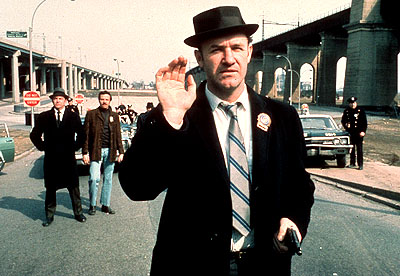
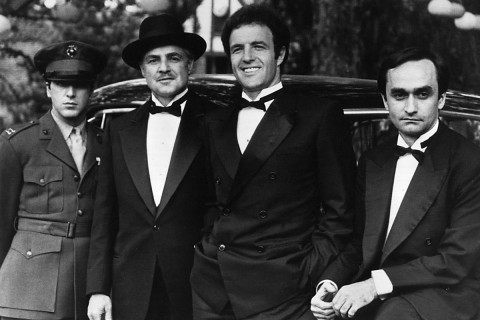
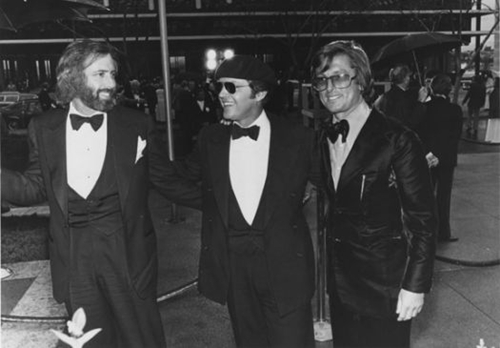
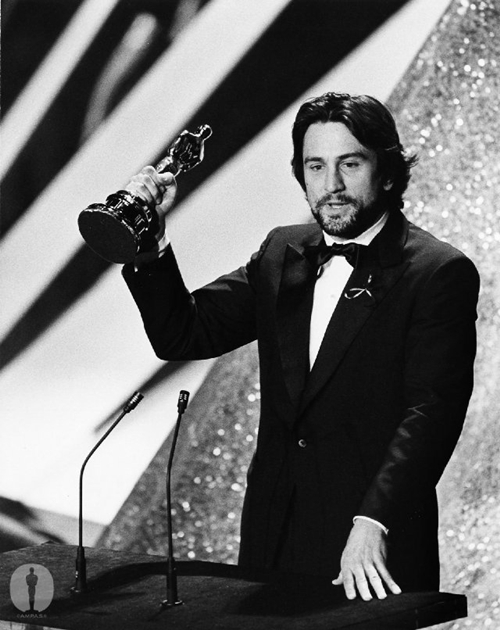
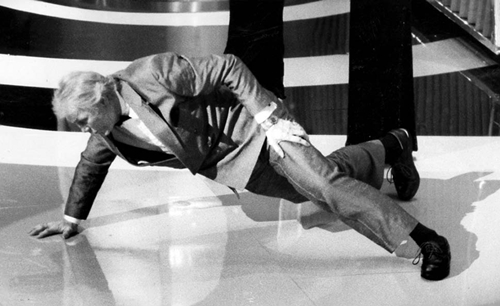
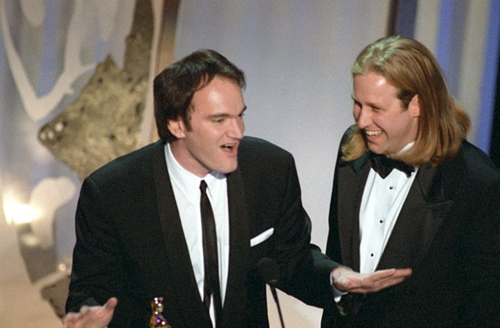
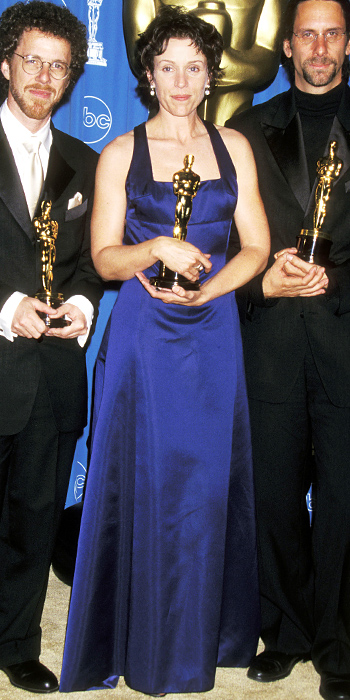
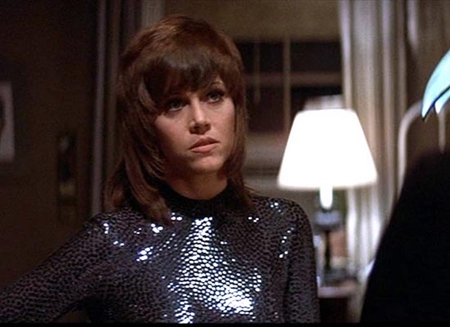
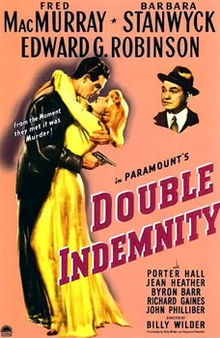
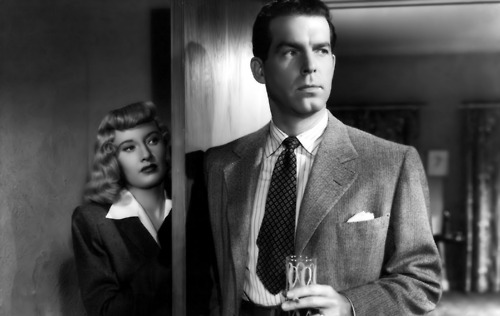
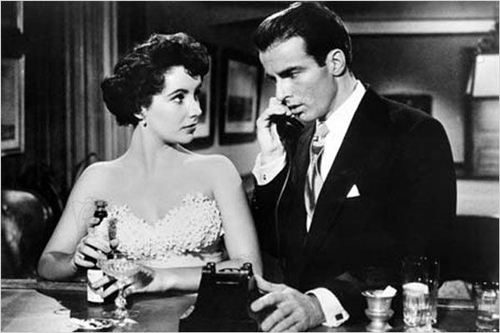
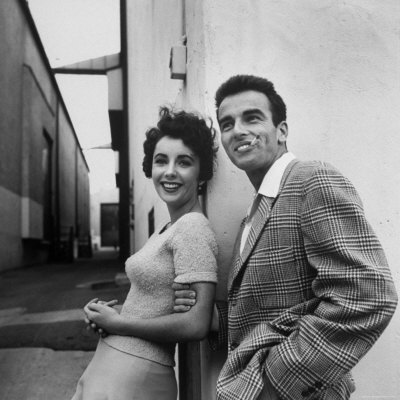
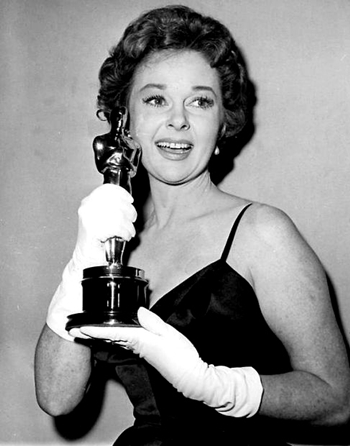
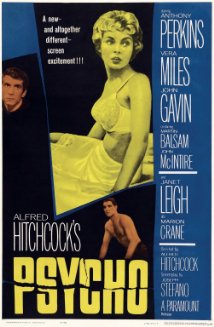
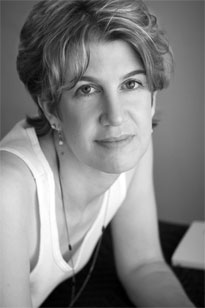
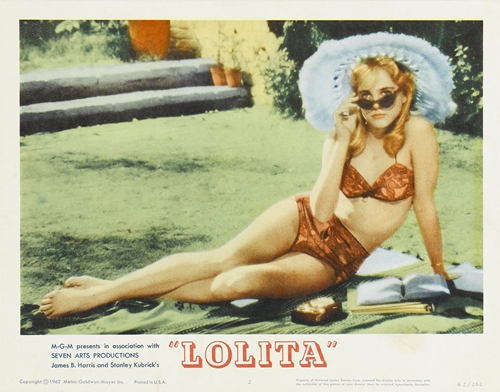
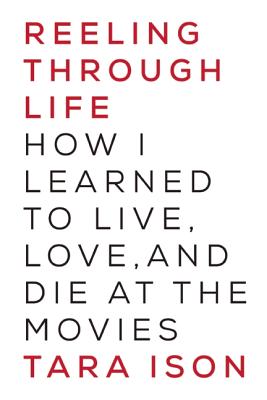
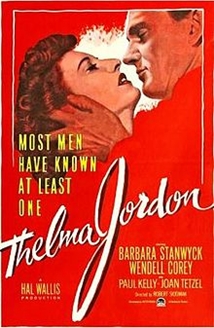
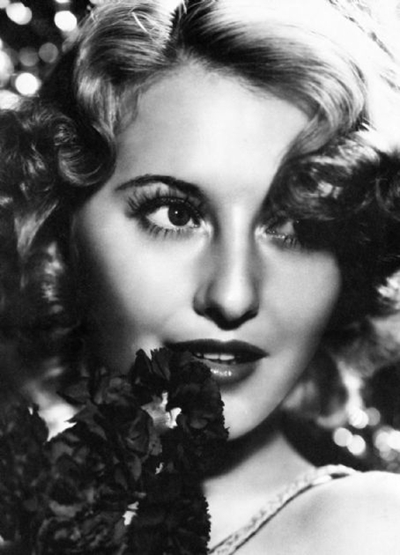





From FNB readers